Oh trust me, as focus group participants they'd give companies an earful!
Readers Write: The ABCs of Using NLP for SDOH
The ABCs of Using NLP for SDOH
By Marty Elisco
Marty Elisco, MBA is CEO of Augintel of Northbrook, IL.

It has been established loud and clear: social determinants of health (SDOH) have a huge impact, even more than physical health, in determining the overall well-being of individuals. Yet obtaining an understanding of how specific SDOH factors affect individual patients is extremely difficult because SDOH data is not methodically collected by clinicians and social workers. This is a problem.
Unfortunately, it is just too difficult and time-consuming for clinicians to make sense of all the SDOH data because most SDOH data is buried in patient notes. This ultimately inhibits their ability to consume the data to inform decisions about individuals receiving care.
Natural language processing (NLP), a key discipline of AI that uses computers to understand the written word, tackles this problem head on. I encourage hospitals and health and human services organizations to explore NLP in their practices, particularly as technological innovation in this area is rising across healthcare.
Listed below are the simple ABCs of why health and human services organizations and hospitals should adopt NLP to make sense of SDOH. But before diving into the list, I want to emphasize: the technology is now here. NLP has matured significantly over the last five years, and it is now a proven method to extract key concepts in narrative healthcare data, such as SDOH, from text.
Cost Savings and More Efficient Care
Clinicians and case workers spend an overwhelming amount of time combing through narrative data — for example, reading typed or handwritten patient notes and case notes — to understand the status of their patient and think through potential courses of treatment. All of this time spent reviewing unstructured data is time that could be better spent in any number of ways, such as spending more time with patients.
The beauty of NLP is that it automatically highlights impactful indicators and trends across case or patient notes, thereby quickly revealing SDOH to the case workers and clinicians on the case. An NLP platform relieves health and social services workers of the time it takes to comb through the staggering amount of records by readily highlighting SDOH across a case.
Improved Outcomes
NLP empowers caseworkers and clinicians with the information they need to make impactful decisions and allow supervisors to maximize quality of care delivered. This is because NLP provides a deeper understanding of a patient or case.
The Gravity Project is a national public collaborative creating diagnostic codes for SDOH factors with the goal of having those codes incorporated into the existing list of medical diagnosis codes. The idea for the Gravity Project originated in 2017, and prior to then, hospitals and health and human services organizations had no way of incorporating SDOH into their care besides entering it in free-form into patient notes, even though it is now widely understood that a range of social, environmental, and economic factors impact health status often greater than the actual delivery of health services. NLP can extract the information in unstructured data and translate that to Gravity codes to support the diagnostic process. These diagnoses can lead to treatments and interventions that improve outcomes.
Risk Mitigation
NLP enables organizations to quickly identify patients at the highest level of risk so interventions can be provided. I firmly believe that you can only truly identify risk by understanding what is included in the narrative data. Most risk stratification systems today simply look at claims data to do this. But claims data is an incomplete picture. If care coordinators had a full picture through SDOH, then they would have a much better tool to identify those who are at most risk, and where early interventions can be referred to prevent serious health conditions from occurring.
The case for using NLP is as easy as ABC. Described above are three tangible benefits to hospitals and health and human services organizations for incorporating NLP into their practices. All players in the healthcare ecosystem share the ultimate goal of improving outcomes while saving costs, and NLP is a surefire way to do just this.

























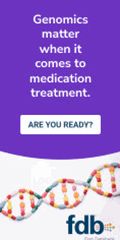











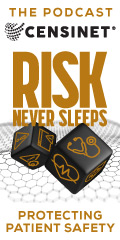



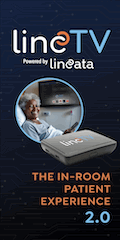

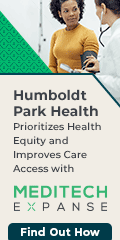





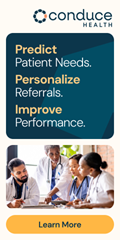






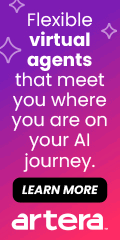









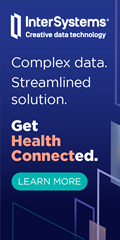

















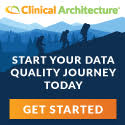
So SDOH is going to solve the claims data problems!?
I feel like this has come full circle.